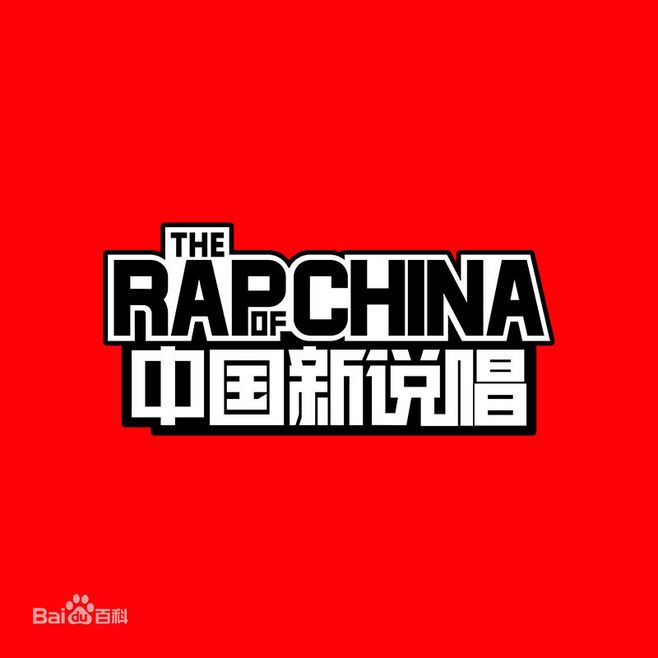# 简介
h 函数的作用是生成 vnode,它根据参数生成对应的 js 对象,生成的对象中会包含当前节点的类型以及子节点的类型和数据,后面 render 的时候会使用到
vnode 的本质就是一个 js 对象
# 过程
Vue 中维护了一个 shapeFlag 的枚举值,其中不同的类型对应的不同的数值,下面所有关于 shapeFlag 值的生成的改变都是来源于这里
h 函数会根据传入的不同参数生成 vnode,其中第一次会根据父节点的类型来构建出一个 shapeFlag 的变量,用于标识当前是属于什么类型的节点,在执行到处理子节点的逻辑中,会再次根据父节点的 shapeFlag 的值和子节点的类型来改变 shapeFlag 的值(即通过 按位或 运算生成最终的 shapeFlag 的值),这样这个值就标识了当前的父节点和子节点的类型,在后面 render 的时候会去解析对应值从而得到对应的类型
按位或运算可以简单理解为是把数值变成 32 位的二进制进行相比,只要一个为 1 结果就是 1,否则就是 0,然后再把二进制转为十进制
# 不同类型的 vnode
# 元素节点 + 文本子节点
{
__v_isVNode: true,
shapeFlag: 9,
children: '这是文本子节点',
type: 'div'
}
1
2
3
4
5
6
2
3
4
5
6
# 元素节点 + 多个文本子节点(数组)
{
__v_isVNode: true,
shapeFlag: 17,
children: [
{
__v_isVNode: true,
shapeFlag: 9,
children: '这是文本子节点1',
type: 'div'
},
{
__v_isVNode: true,
shapeFlag: 9,
children: '这是文本子节点2',
type: 'div'
}
],
type: 'div'
}
1
2
3
4
5
6
7
8
9
10
11
12
13
14
15
16
17
18
19
2
3
4
5
6
7
8
9
10
11
12
13
14
15
16
17
18
19
# 文本节点 + 文本子节点
{
__v_isVNode: true,
shapeFlag: 8,
children: '这是文本子节点',
type: Symbol(Text) // symbol
}
1
2
3
4
5
6
2
3
4
5
6
# 注释节点 + 文本子节点
{
__v_isVNode: true,
shapeFlag: 8,
children: '这是文本子节点',
type: Symbol(Comment) // symbol
}
1
2
3
4
5
6
2
3
4
5
6
# 片段节点 + 文本子节点
{
__v_isVNode: true,
shapeFlag: 8,
children: '这是文本子节点',
type: Symbol(Fragment) // symbol
}
1
2
3
4
5
6
2
3
4
5
6
# 组件的 vnode
组件的本质也是一个对象或一个函数
const components = {
render() {
const vnode = h('div', '这是一个 components')
return vnode
}
}
const vnode = h(components)
render(vnode, document.querySelector('#app'))
1
2
3
4
5
6
7
8
2
3
4
5
6
7
8
实际的 vnode
{
__v_isVNode: true,
shapeFlag: 4,
children: null,
type: {
data() {}, // components 对象中的数据
render() { ... } // components 对象中的 render
}
}
1
2
3
4
5
6
7
8
9
2
3
4
5
6
7
8
9
# class 和 style 的增强
我们知道可以给 class 或 style 传递动态类型,比如对象或数组或字符串,在生成 vnode 的时候,会对 props 中的 class 和 style 进行特殊处理,如果传递的是可迭代对象,则会遍历把对应的属性加入到 class 或 style 中,这就实现了动态传递的功能,最后把处理好的 class 和 style 赋值给 vnode 中的 props 属性进行保存

